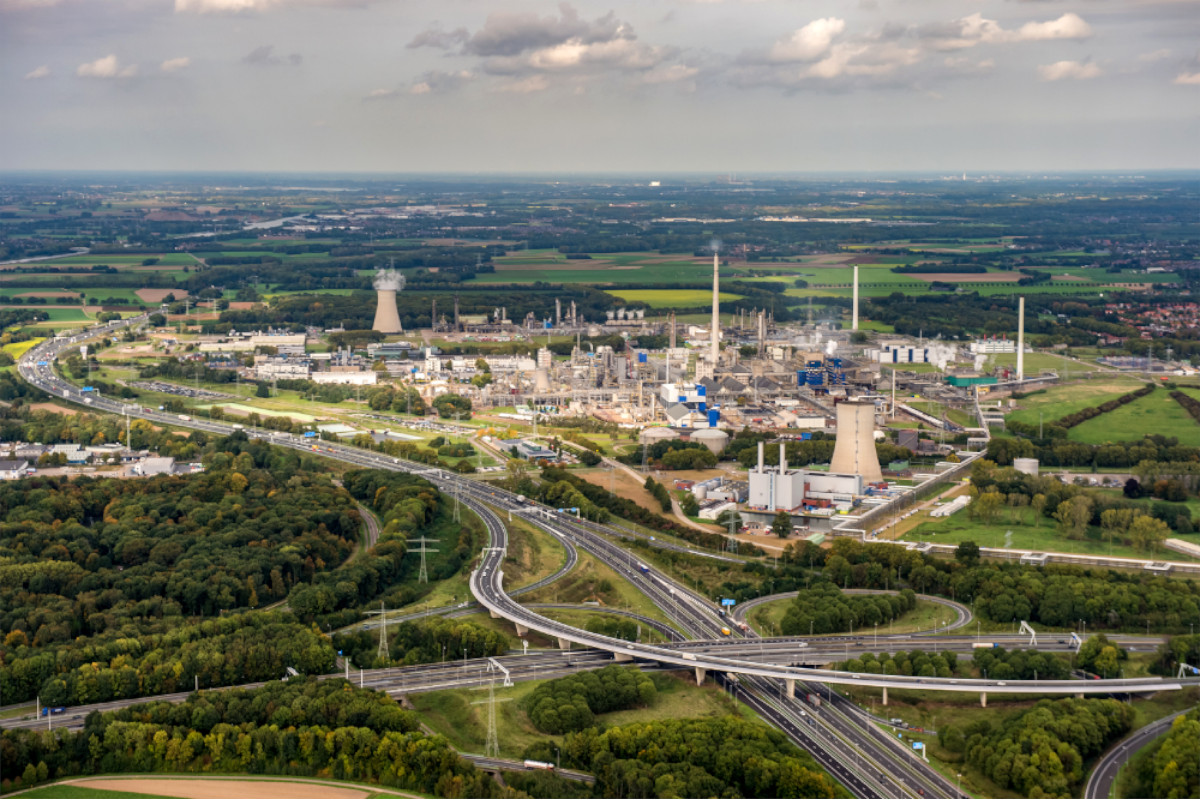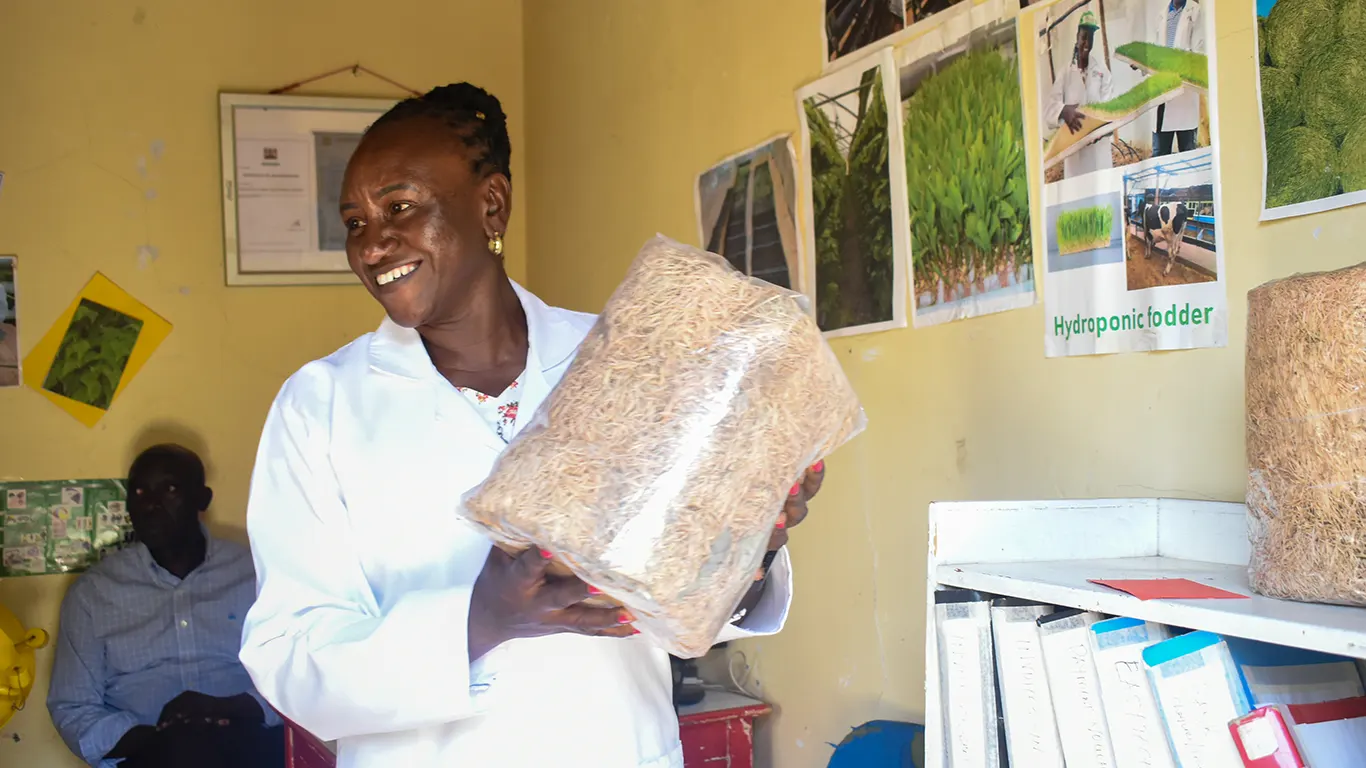As the world’s resources are becoming increasingly scarce, companies need to figure out how to produce more from less, not only to reduce their carbon footprint, but also to leverage the competitive advantages of improved production efficiency.
In energy-intensive industries, the cost of energy can constitute up to 40 percent of production costs, allowing for economic gains from reducing energy consumption in manufacture.
Moreover, by working in partnerships, for instance through industrial symbiosis, companies and utilities can significantly reduce water and energy consumption as well as consumption of virgin resources, while creating a competitive upside for all partners involved.
Industrial symbiosis which has so far been identified as having a huge potential by the Organisation for Economic Co-operation and Development (OECD), links to broader agendas in the fields of green economy, innovation, material and energy security, climate change, as well as local, regional and national welfare.
In its latest report from 2015, “Material Resources, Productivity and Environment”, the OECD states that establishing a resource-efficient economy is central to achieving green growth.
The report calls for putting in place policies that are conducive to the Circular Economy Approach: improving resource productivity, ensuring sustainable natural resource and material management using the three Rs—reduce, reuse and recycle—and encouraging more sustainable consumption patterns.
Companies that have adopted the IS Approach
Several companies have since adopted this powerful mechanism towards a sustainable future.
One such company is India based eco-industrial development firm Naroda. The industrial estate which houses approximately 700 companies has been identified to have at least 477 companies that are encouraging industrial symbiosis initiatives. These include: converting already spent acids with high concentrations of sulfuric acid to commercial-grade Iron(II) sulfate and selling sun-dried chemical gypsum to cement manufacturers, replacing the need for disposal.
Another case is that of Kalundborg, an eco-industrial park based in Denmark. The town hosts local biotech plants such as Novozyme and Novo Nordisk that often releases biogas and fertilizer residuals, that are usually upgraded to natural gas through a refining process at another local biogas plant called Kalundborg Bioenergy. After the refining process, the natural gas is sent to local companies such as Gyproc Saint-Gobain and Equinor Refining Denmark, and further out to consumers through the natural gas grid.
The two cases demonstrate circular economy in real life; from residue being used for energy production in a local set up, to corporations ensuring local companies obtain a green energy supply and at the same time re-use, re-share and save sustainably.
Firms, therefore, have the potential of drastically reducing waste and energy usage by re-using the waste of another firm and sharing infrastructures such as steam or water processes.




